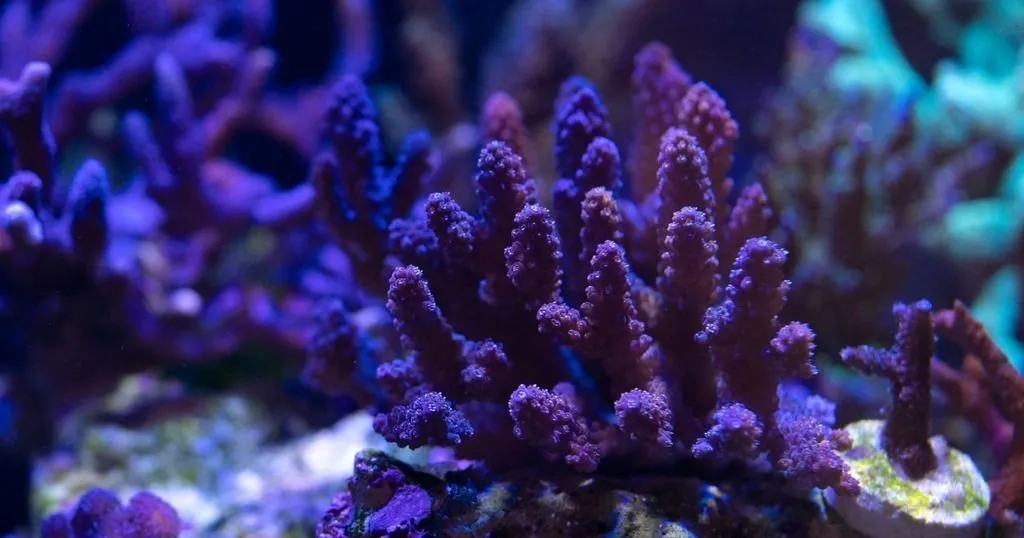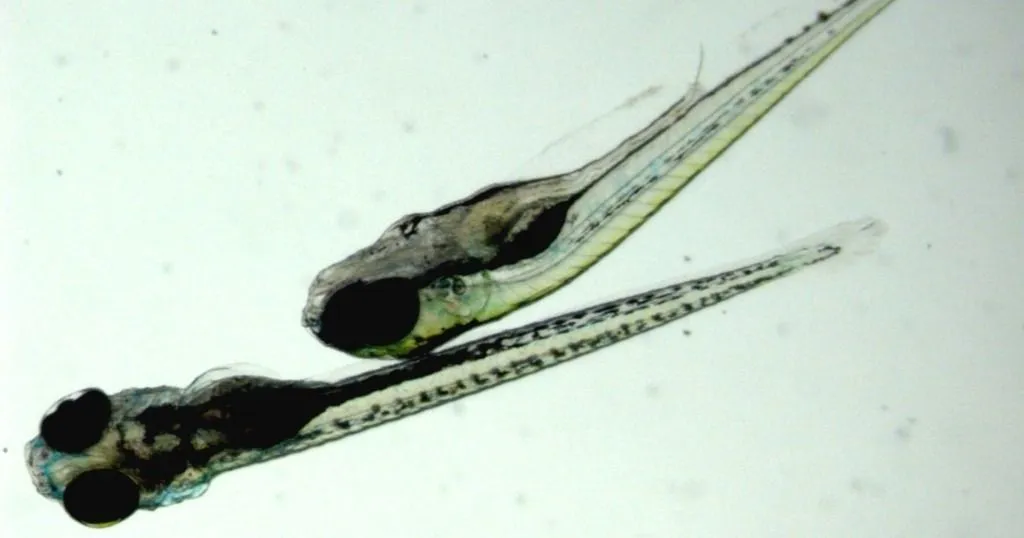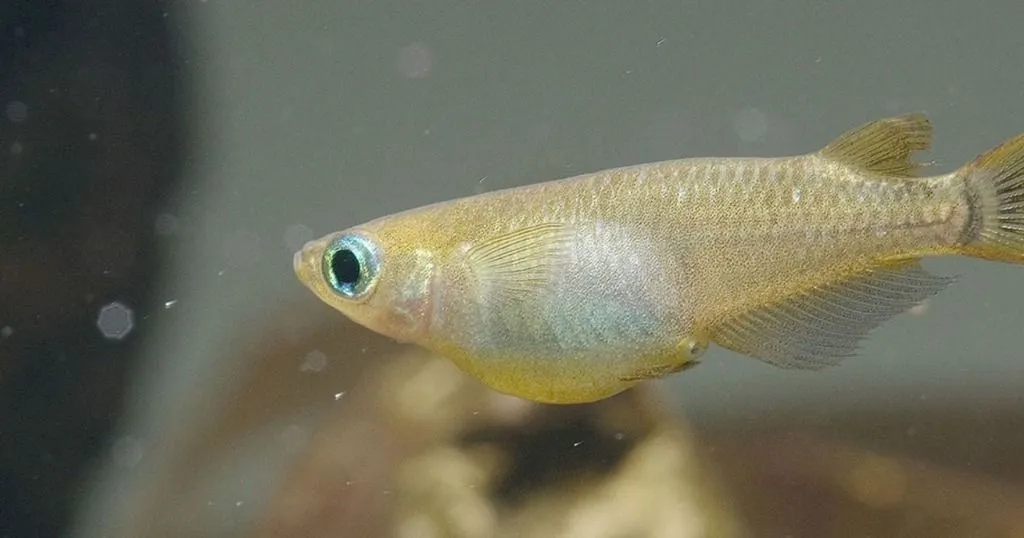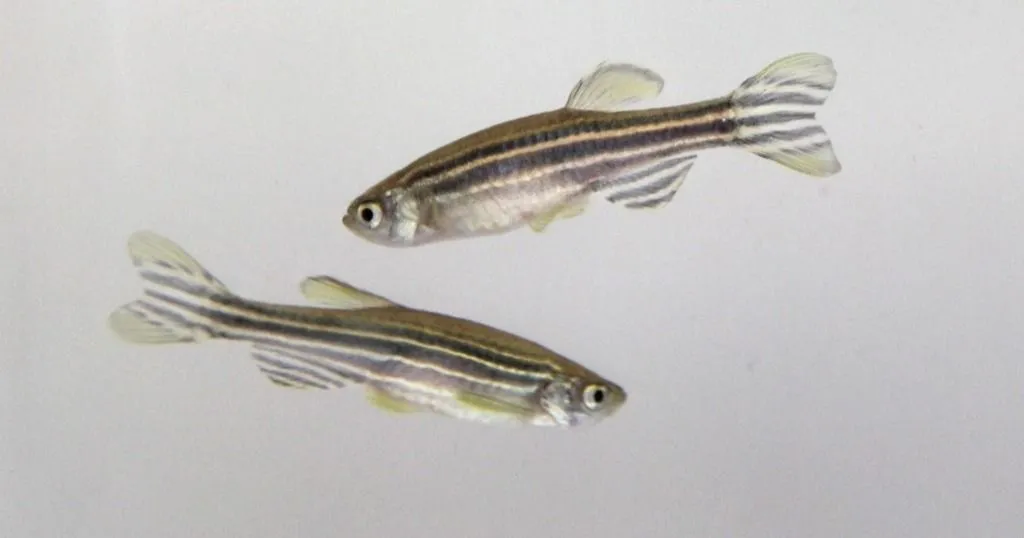Blog posts tagged with toxicity

17 Jan
animal behavior research
Alzheimer’s and Parkinson’s
Agricultural pesticides and Parkinson's Disease: current screening procedures
Parkinson's disease, what are its symptoms? What role do environmental toxins play in its development? And why should we be critical on current toxin research methods?

14 Sep
animal behavior research
Zebrafish Research
The effect of environmental levels of lead on zebrafish development
Lead exposure has a negative influence on the developing brain and body. Zebrafish research allows us to understand the effects of lead poisoning on the different stages of life.

30 May
animal behavior research
Zebrafish Research
Breathe easy, a novel approach to monitoring respiratory activity in zebrafish
Researchers from the University of Heidelberg used DanioScope in a novel way to objectively measure breathing in zebrafish embryos and larvae.

23 Mar
animal behavior research
Zebrafish Research
Using zebrafish as an early warning system of neurotoxic substances
How can we use a zebrafish (Danio rerio) embryo model to detect possible neurotoxic chemical mixtures that are difficult to detect with normal chemical analyses?

12 Jan
animal behavior research
Other (Animal)
Measuring behavior of coral larvae in response to antifouling coatings
What effect do ship hull coatings have on coral viability and restoration? And how can non-toxic alternatives effect mobility behavior in coral larvae?

13 Jul
animal behavior research
Zebrafish Research
Behavioral neuroscience in the circular economy: the contribution of Zebrafish
What do Zebrafish and sewage sludge have in common? In this blog their use as a screening tool is highlighted to asses the ecotoxicity in soil.

01 Dec
animal behavior research
Zebrafish Research
Citizen science in research: studying contaminated drinking water with zebrafish
Local residents, students and scientists joined forces to investigate harmful contaminants in drinking water wells in New England. Behavioral effects of these contaminants were studied in zebrafish.

14 May
animal behavior research
Zebrafish Research
Toxicometabolism and behavior of zebrafish exposed to cannabinol
THC and CBD are well-know compounds of cannabis (Cannabis sativa), use for recreational purposes or health benefits. We have less knowledge of the effects of another active compound: CBN.

11 Sep
animal behavior research
Other (Animal)
A new fish on the block: Japanese medaka in toxicology studies
We are all very familiar with zebrafish as a model species in neuroscience research. Today, let's talk about another fish, the Japanese medaka.

08 Oct
animal behavior research
Zebrafish Research
Testing PCBs toxicity - behavior in zebrafish and their offspring
PCBs are synthetic molecules that were used in transformers, electric motors, and more applications. It was quickly discovered that these molecules are toxic, and subsequently, they were banned.